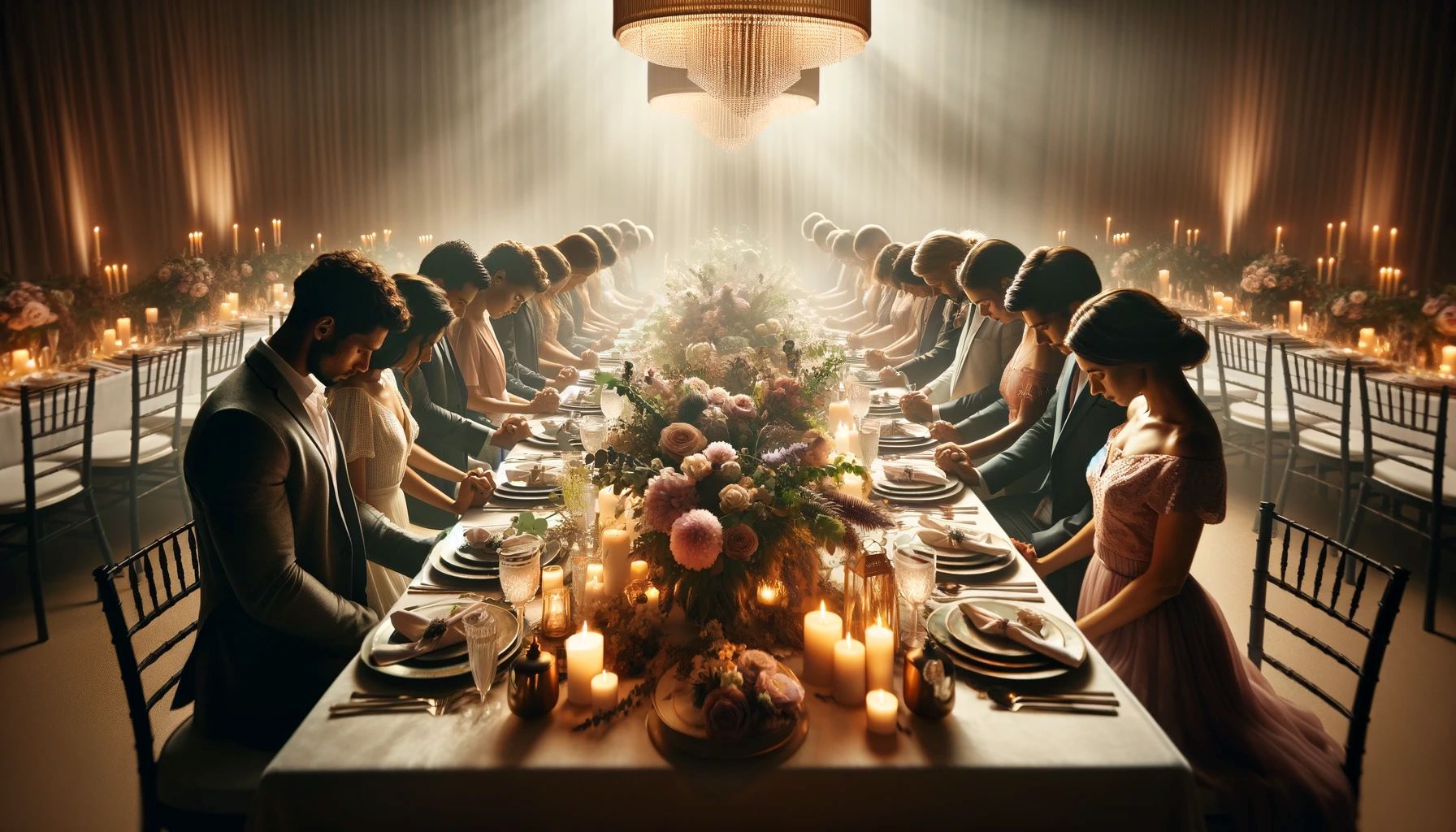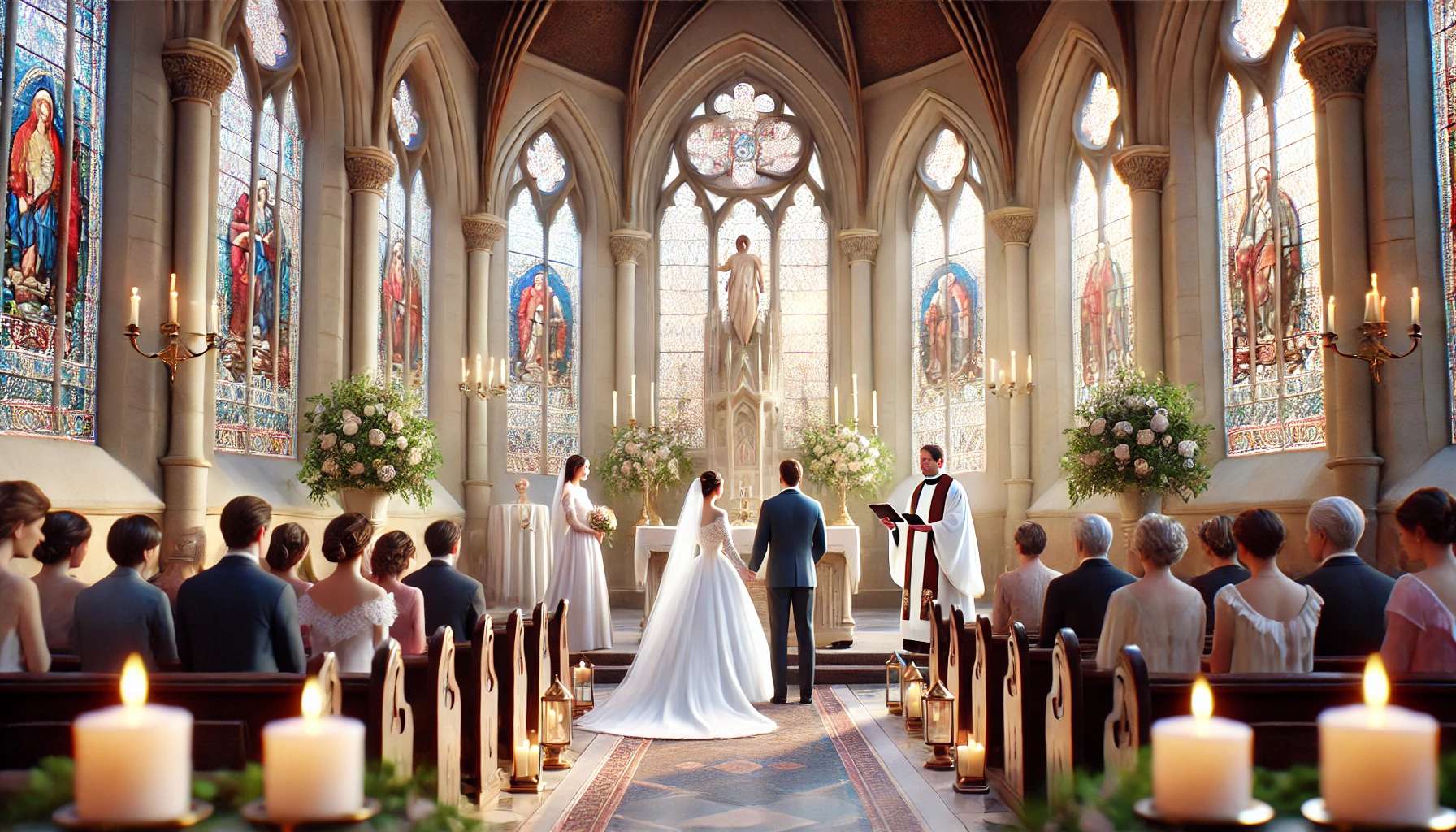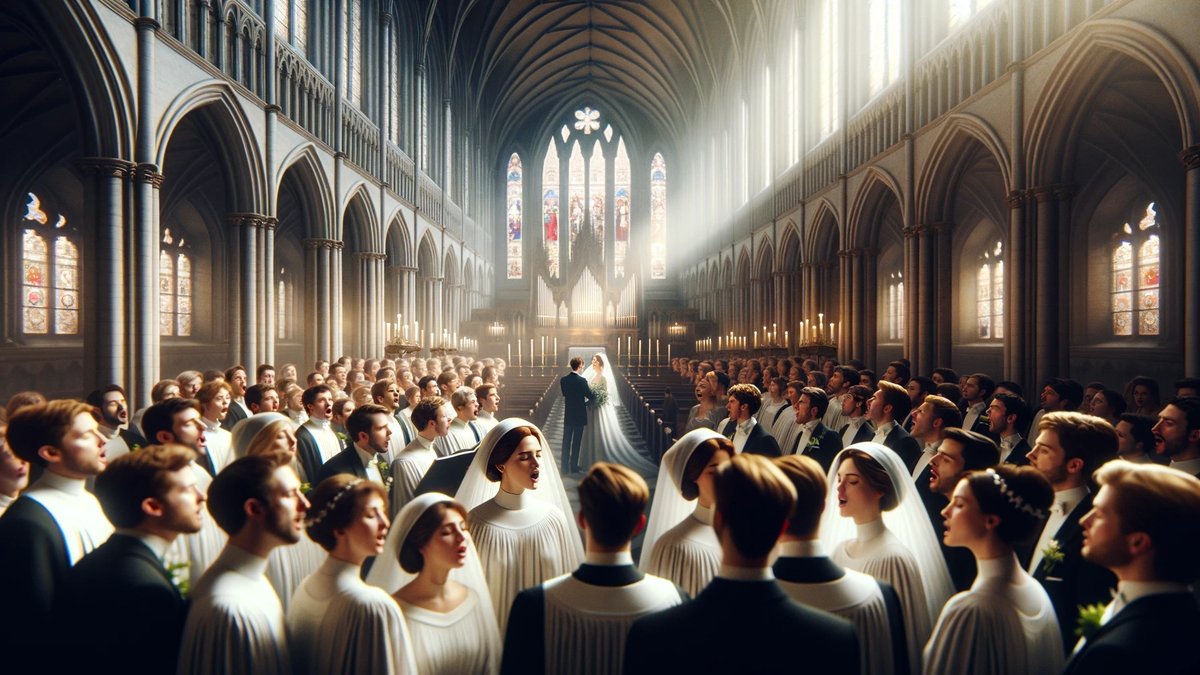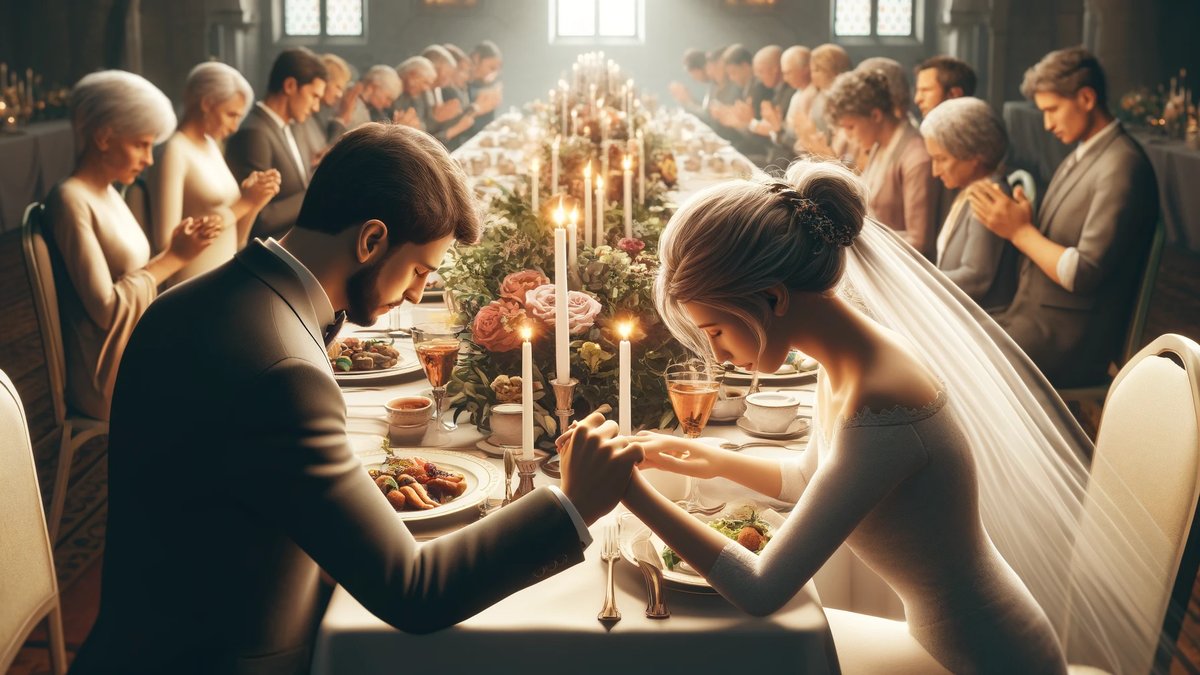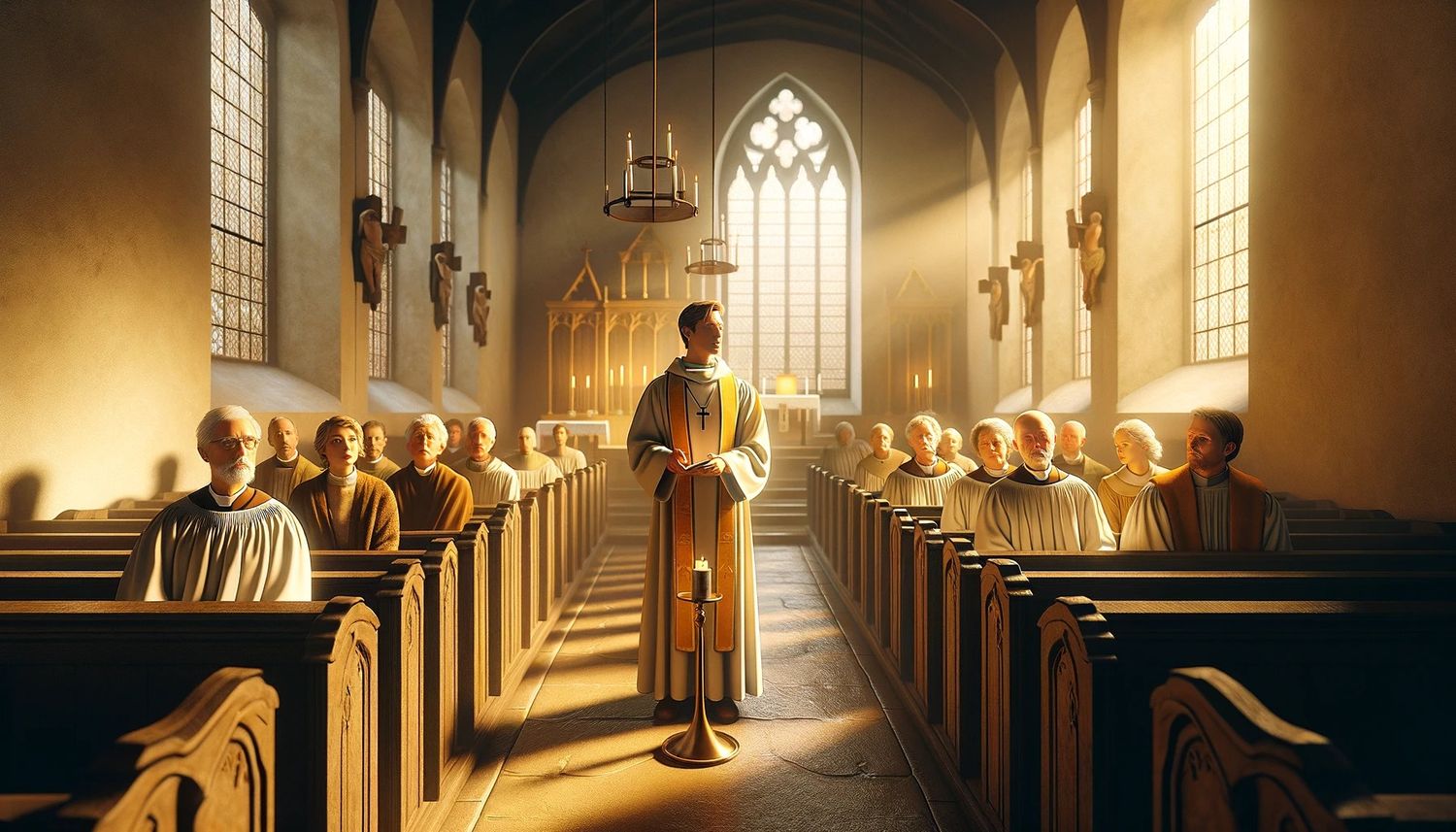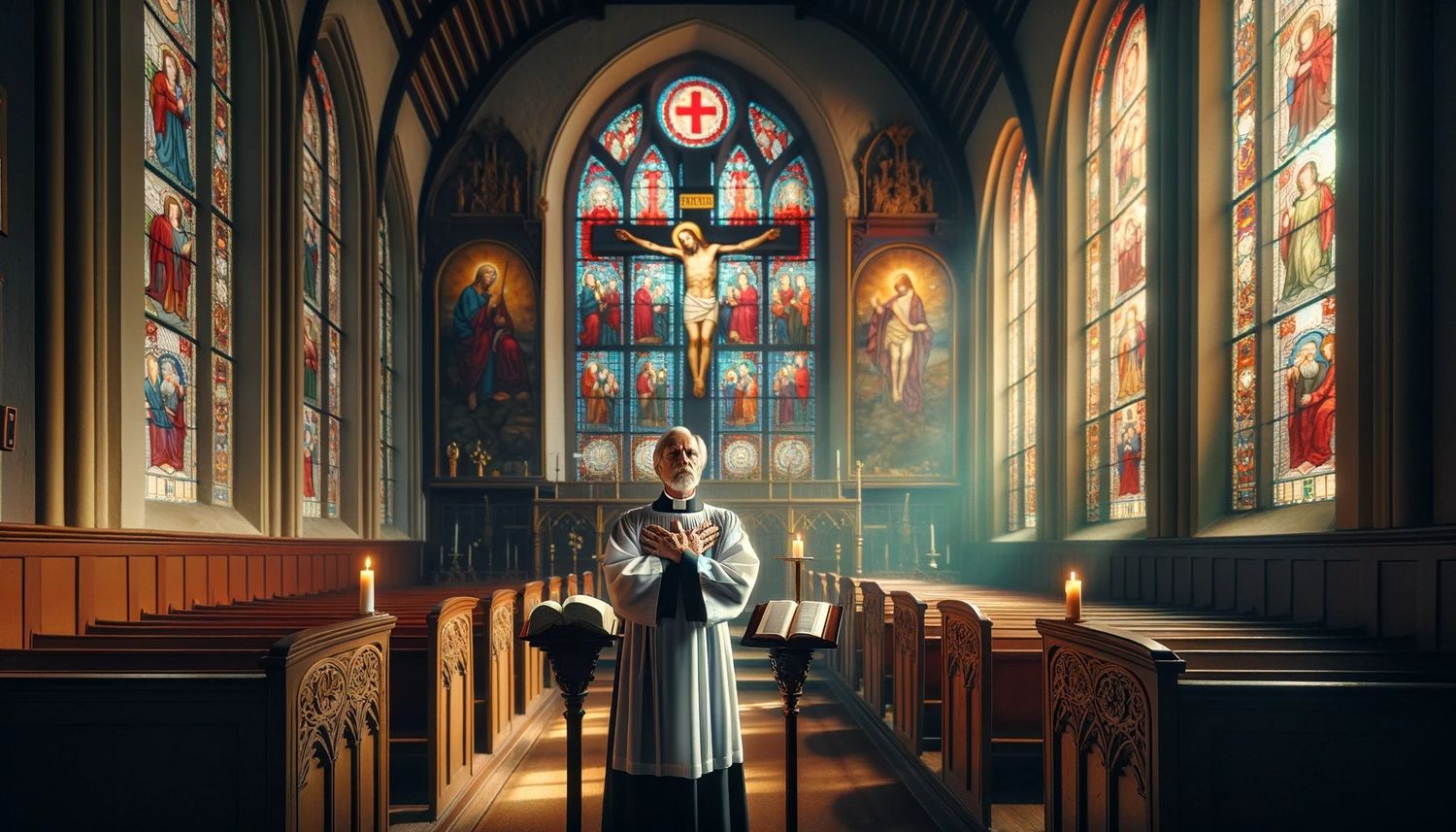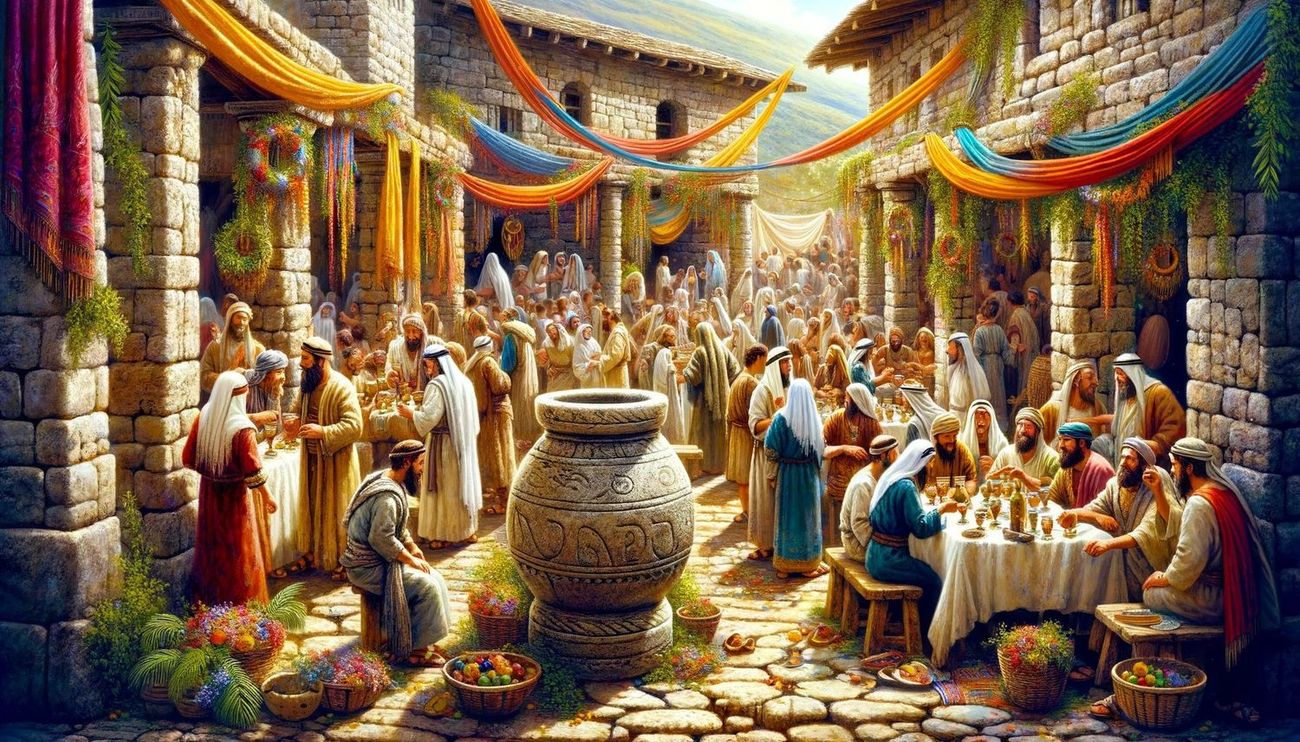Home>Theology and Spirituality>How Long Is A Lutheran Wedding Ceremony
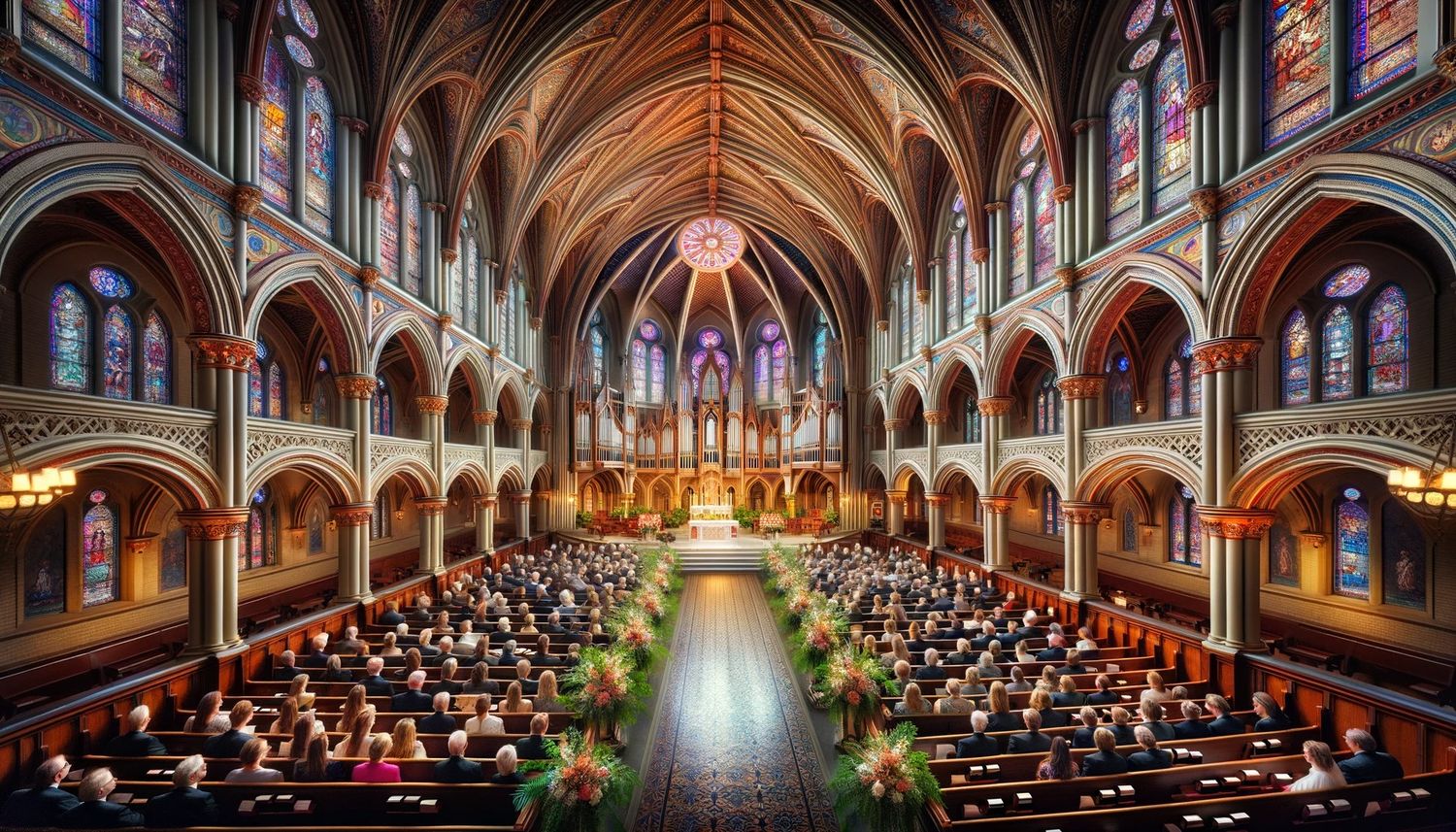

Theology and Spirituality
How Long Is A Lutheran Wedding Ceremony
Published: March 3, 2024
Jason DeRose, Managing Editor at Christian.net, uses his expertise in religion and journalism to deepen understanding of faith's societal impacts. His editorial leadership, coupled with a strong academic background, enriches the platform’s diverse content, earning him recognition in both journalism and religious circles.
Discover the length and significance of a Lutheran wedding ceremony in this insightful guide. Explore the theology and spirituality behind this sacred union. Gain a deeper understanding of Lutheran wedding traditions.
(Many of the links in this article redirect to a specific reviewed product. Your purchase of these products through affiliate links helps to generate commission for Christian.net, at no extra cost. Learn more)
Table of Contents
Introduction
How long is a Lutheran wedding ceremony? This is a common question for couples planning to tie the knot in the Lutheran tradition. The length of a wedding ceremony can vary depending on several factors, including the specific traditions and customs of the Lutheran faith, the order of service, and other considerations. In this article, we will explore the traditions of a Lutheran wedding ceremony, the typical order of service, the factors that can affect the length of the ceremony, and provide some tips for planning a memorable Lutheran wedding ceremony. So, if you're curious about the duration of a Lutheran wedding ceremony, keep reading to find out more!
The Traditions of a Lutheran Wedding Ceremony
-
Pre-Ceremony Customs: Before the ceremony begins, it is customary for the bride and groom to spend time in prayer and reflection. This quiet time allows them to center themselves and seek spiritual guidance as they prepare to enter into the covenant of marriage.
-
Processional: The processional marks the beginning of the ceremony. In a Lutheran wedding, the processional typically includes the entrance of the wedding party, with the bride being escorted by her father or another significant family member. This symbolizes the support and blessing of the couple's families as they enter into marriage.
-
Exchange of Vows: The exchange of vows is a central and sacred moment in a Lutheran wedding ceremony. The couple publicly declares their commitment to each other, promising to love, honor, and cherish one another for the rest of their lives. This exchange is often accompanied by traditional vows that hold deep spiritual significance.
-
Blessing of the Rings: Following the exchange of vows, the rings are blessed by the officiant. This ritual symbolizes the couple's commitment to each other and their connection to their faith.
-
Unity Candle or Unity Cross Ceremony: Some Lutheran wedding ceremonies include a unity candle or unity cross ceremony, where the couple lights a single candle together or assembles a cross, representing the joining of their lives in marriage.
-
Benediction and Recessional: The ceremony concludes with a benediction, a blessing pronounced by the officiant, and the recessional, during which the newlywed couple and the wedding party exit the ceremony venue.
These traditions reflect the sacred and joyous nature of a Lutheran wedding ceremony, emphasizing the spiritual significance of marriage and the couple's commitment to each other within the context of their faith.
The Order of Service
The order of service for a Lutheran wedding ceremony follows a structured and meaningful format that reflects the spiritual significance of the occasion. While variations can occur based on individual preferences and the specific Lutheran denomination, the typical order of service includes the following elements:
-
Prelude: The prelude sets the tone for the ceremony and provides a time for reflection as guests are seated. It often includes instrumental music or hymns that hold personal significance for the couple.
-
Processional: The processional marks the beginning of the ceremony and includes the entrance of the wedding party, culminating in the bride's arrival. This symbolic procession signifies the support and blessing of the couple's families as they enter into marriage.
-
Invocation and Welcome: The officiant offers an invocation, inviting the presence of God into the ceremony, and extends a warm welcome to the guests, acknowledging their role in witnessing and celebrating the union of the couple.
-
Scripture Readings and Sermon: Scripture readings, often selected by the couple, are shared to impart wisdom and guidance for married life. A sermon or homily may also be delivered, offering spiritual insights and encouragement to the couple as they embark on their marital journey.
-
Exchange of Vows and Rings: The couple publicly declares their vows, promising to love, honor, and cherish each other. The rings, symbols of their commitment, are blessed and exchanged as a tangible representation of their union.
-
Unity Candle or Unity Cross Ceremony: Some Lutheran ceremonies include a unity candle or unity cross ritual, symbolizing the joining of the couple's lives in marriage and their commitment to walk together in faith.
-
Benediction: The officiant offers a benediction, pronouncing a blessing over the newlyweds and their future together, invoking God's guidance and grace as they begin their married life.
-
Recessional: The ceremony concludes with a joyous recessional, during which the newlywed couple and the wedding party exit the ceremony venue, marking the beginning of their new life together.
This structured order of service reflects the sacred and celebratory nature of a Lutheran wedding ceremony, providing a framework for the couple to express their commitment to each other within the context of their faith.
The Length of a Lutheran Wedding Ceremony
The length of a Lutheran wedding ceremony can vary depending on several factors. On average, a traditional Lutheran wedding ceremony typically lasts between 30 to 60 minutes. However, the actual duration can be influenced by a variety of elements, including the specific customs and traditions incorporated, the inclusion of additional rituals or readings, and the pace at which the service is conducted.
The duration of the ceremony is often influenced by the level of personalization and customization desired by the couple. For example, if the couple chooses to include special music performances, additional scripture readings, or personalized vows, the ceremony may naturally extend in length. Conversely, a more streamlined and focused service may result in a shorter duration.
Additionally, the involvement of the congregation and the participation of family members and friends can impact the overall length of the ceremony. For instance, if the service includes congregational hymns, responsive readings, or special blessings involving the guests, these elements can contribute to a longer timeframe.
Furthermore, the officiant or pastor overseeing the ceremony plays a significant role in determining the pace and duration of the service. Some officiants may have a more deliberate and contemplative approach, while others may conduct the service with a more efficient and succinct style, affecting the overall length of the ceremony.
Ultimately, the length of a Lutheran wedding ceremony is a reflection of the couple's preferences, the specific customs and traditions they choose to incorporate, and the manner in which the service is conducted. By carefully considering these factors, couples can work with their officiant to create a ceremony that is both meaningful and appropriate in duration for their special day.
Factors That Can Affect the Length of the Ceremony
-
Customization and Personalization: The level of customization and personalization desired by the couple can significantly impact the duration of the ceremony. Incorporating special music performances, additional scripture readings, or personalized vows can naturally extend the length of the service.
-
Involvement of the Congregation and Guests: The active participation of the congregation, family members, and friends can influence the overall length of the ceremony. Elements such as congregational hymns, responsive readings, or special blessings involving the guests contribute to a longer timeframe.
-
Officiant's Style and Approach: The officiant or pastor overseeing the ceremony plays a pivotal role in determining the pace and duration of the service. Different officiants may have varying approaches, with some conducting the service with a more deliberate and contemplative style, while others may opt for a more efficient and succinct approach, affecting the overall length of the ceremony.
-
Inclusion of Additional Rituals or Readings: The decision to include additional rituals, readings, or symbolic ceremonies, such as a unity candle or unity cross ritual, can impact the duration of the ceremony. Each added element contributes to the overall length of the service.
-
Cultural and Regional Traditions: Cultural and regional traditions specific to the couple's background or the local Lutheran community may also influence the length of the ceremony. Certain customs or rituals unique to a particular cultural or regional context can add to the overall duration of the wedding service.
-
Logistics and Coordination: Efficient coordination and seamless transitions between different parts of the ceremony can contribute to a more streamlined and focused service, potentially affecting the overall duration. Effective logistics and planning can help maintain an appropriate length for the ceremony.
-
Ceremony Venue and Logistics: The choice of ceremony venue and logistical considerations, such as the layout of the space and the movement of the wedding party, can impact the flow and duration of the service. Factors such as the distance between key points within the venue and the ease of movement for the wedding party and guests can influence the overall length of the ceremony.
By considering these factors, couples can gain insight into the elements that may affect the length of their Lutheran wedding ceremony, allowing them to make informed decisions and work with their officiant to create a meaningful and appropriately timed service.
Read more: How Long Is A First Communion Ceremony
Tips for Planning a Lutheran Wedding Ceremony
-
Consult with Your Pastor: Before making any concrete plans, it's essential to consult with your pastor or officiant. They can provide valuable guidance on the specific traditions and customs of the Lutheran faith, as well as offer insights into the order of service and the elements that can be personalized within the ceremony.
-
Understand the Order of Service: Familiarize yourself with the typical order of service for a Lutheran wedding ceremony. Understanding the flow of the service will help you make informed decisions about the inclusion of specific rituals, readings, and musical elements.
-
Personalize Meaningful Elements: Consider personalizing elements of the ceremony that hold deep significance for you and your partner. Whether it's selecting specific hymns, incorporating cultural traditions, or writing personalized vows, infusing the ceremony with meaningful touches can make the occasion truly memorable.
-
Consider the Length of the Ceremony: While it's important to honor the sacred traditions of a Lutheran wedding, it's also essential to consider the length of the ceremony. Work with your pastor to strike a balance between incorporating meaningful elements and maintaining an appropriate duration for the service.
-
Coordinate with Musicians and Vocalists: If you plan to include musical performances or vocalists in the ceremony, coordinate with them well in advance. Selecting appropriate music and ensuring that performers are familiar with the order of service can contribute to a seamless and harmonious ceremony.
-
Prepare the Wedding Party: Communicate the details of the ceremony to your wedding party, ensuring that they understand their roles and the sequence of events. Rehearsing the processional and recessional can help create a smooth and polished presentation on the wedding day.
-
Select Meaningful Scripture Readings: Choose scripture readings that hold personal significance for you and your partner. These readings can impart wisdom and guidance, adding a spiritual dimension to the ceremony.
-
Embrace Unity Rituals: If you opt to include a unity candle or unity cross ceremony, embrace the symbolism and significance of these rituals. These acts can beautifully illustrate the joining of your lives in marriage within the context of your faith.
-
Plan for Post-Ceremony Celebrations: After the ceremony, plan for post-ceremony celebrations that reflect the joyous occasion. Whether it's a reception, a meal with family and friends, or other festivities, these post-ceremony events can further enhance the overall wedding experience.
-
Seek Support from the Congregation: Engage with your congregation and seek their support and blessings as you prepare for your wedding. Their involvement can enrich the spiritual significance of the ceremony and create a sense of community and shared celebration.
By considering these tips and working closely with your pastor and loved ones, you can plan a Lutheran wedding ceremony that beautifully reflects your faith, values, and the commitment you and your partner are making to each other.
